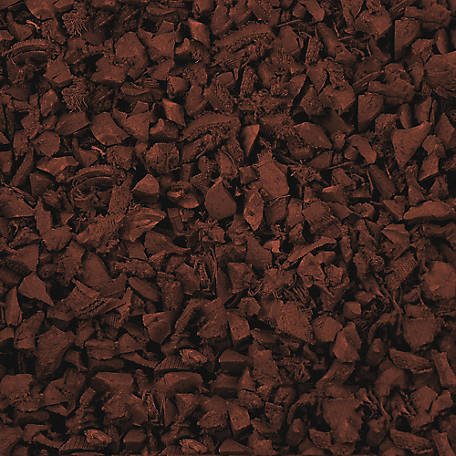Mulch is an essential component in any flower bed. It helps to regulate the moisture of the soil below, prevent weeds from thriving and provides insulation to protect root structures during every season of the year.
But with a large variety of options it can be difficult to determine which variety is best suited for your needs.
- Topsoil
Topsoil is a fantastic addition to any garden bed, as it is primarily composed of composted material which not only amends the texture and consistency of the natural soil but also adds many essential nutrients.
Because young plants usually have tender roots, topsoil provides the perfect environment to establish a strong root base; preventing them from having the struggle with rocks, hard clay or dry sand. It’s also the best way to level out any garden beds prior to planting.
While topsoil is a fantastic addition to a garden, it typically isn’t sufficient on its own. Consider adding an additional type of mulch in order to get added benefits such as temperature protection and moisture control.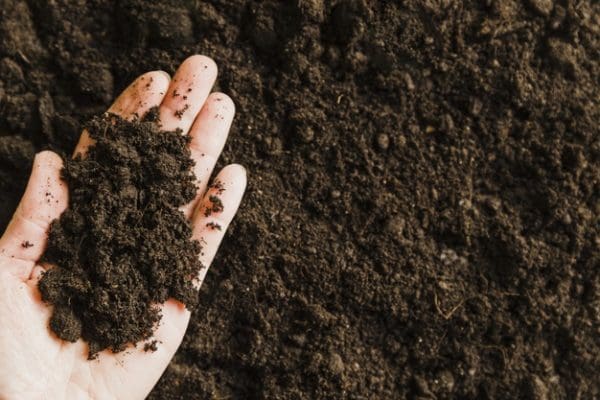
- Shredded Wood Mulch
Arguably the most recognizable and well-known type of mulch, wood mulches provide a fantastic array of benefits to any garden. With a large variety of color options, they add a gorgeous aesthetic quality, as well!
This mulch is designed to slowly break down over the course of a year, providing a variety of essential nutrients to your plants as well as improving the overall quality of the soil for future plantings.
Unlike wood mulches years ago, varieties nowadays are dyed using a multitude of natural dyes that are safe for the environment, which means they are a suitable option for vegetable gardens, as well. They are also guaranteed to hold their color for an entire year, providing stunning color contrast throughout every season.
Their lightweight nature also makes them easy to move around with a rake, allowing for easy planting if you enjoy switching out flowers for different seasons.
Even though wood mulch can be easily moved for the addition of new foliage, it holds its placement exceptionally well when untouched, making it the perfect choice for gardens located on slopes or uneven terrain.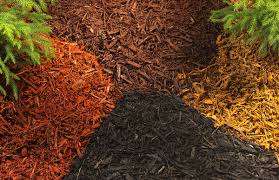
- Bark Mulch
If you’re looking for a long-lasting option look no further than bark mulch!
This chunky mulch breaks down much slower than shredded mulch, which means longer times between replenishing. This also means less nutrients are added to the soil below so consider where to use this wisely.
It is typically recommended for under trees, pathways, garden accents or alongside driveways, or in gardens with foliage that don’t require a large quantity of nutrients.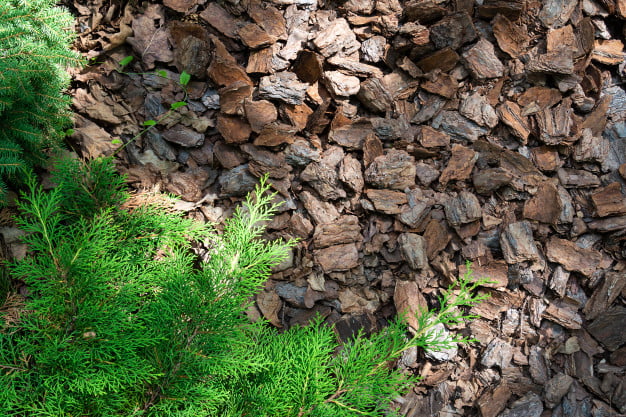
- Stone
If you’re looking for ground covering that will last for decades, you can’t beat natural stone!
Available in a variety of colors, textures and sizes, rock mixes are a stunning way to add color and intrigue to your garden.
When it comes to rock, the larger the better. Smaller rock easily embed themselves into the dirt below, which could mean sinking entirely within a few years. If you do prefer the aesthetic of smaller stones, make certain to line the dirt with landscaping material prior to putting it down.
While a great low maintenance option, stone does have a few drawbacks of its own. First, adding new plants is much more of a process when you have stone (especially larger ones) blocking your path. They can also make pulling weeds an arduous task, as it is difficult to grab the base of a root with heavy stones in your way.
One of the biggest drawbacks to stone, however is its ability to soak up the heat. This is especially true in northern climates where native plants are more sensitive to high temperatures than in the south. Root systems can quickly be overwhelmed and killed by the extreme temperature of the soil due to rocks, so consider using rocks only in shady or partly shady areas.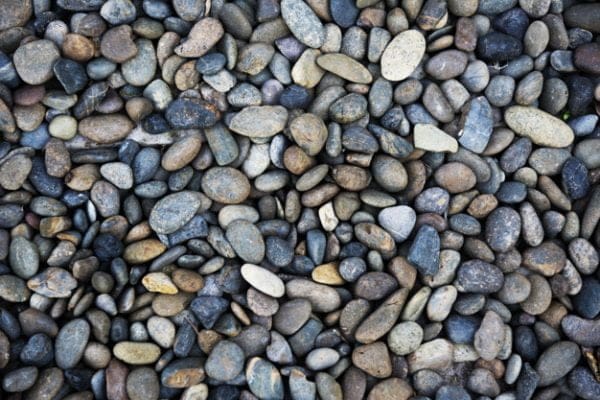
- Rubber Mulch
A near permanent solution for garden beds, rubber mulch seems like a fantastic option due to its extremely low maintenance formula.
It provides nearly all the benefits of traditional shredded wood mulch such as temperature control and acting as a weed barrier. However, since rubber mulch does not absorb moisture, all of the water is allowed to seep directly into the soil and to the roots, making it a superior option when it comes to moisture control.
The one area in which rubber mulch falls short is nutrients. Because it’s not an organic compound, it does not release nutrients while breaking down. This means you’ll have to make certain to fertilizer regularly in order to keep your plants healthy.